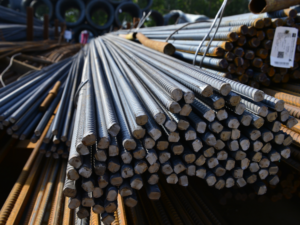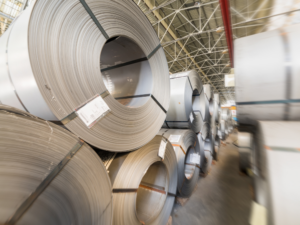
India is on course to reach or even exceed its target crude steelmaking capacity of 300 million tonnes by 2030, provided its per capita domestic steel consumption touches 200kg. This is according to Bhaskar Chaterjee, secretary general and executive head of the Indian Steel Association, speaking to delegates at the Kallanish-supported First Saudi International Iron and Steel conference in Riyadh last week. He was referring to the target in the context of the country’s National Steel Policy (NSP) 2017.
Slated to cross 100mt in 2019, India’s steel consumption will need to double in the next decade, translating to a compound annual growth rate of about 7%, in order to justify the increase. Although it may take slightly longer than forecasted to achieve this, the country is on track to become a $5 trillion economy in the next five years. Its low base of 70kg per capita of steel consumption implies ample growth opportunities, Chaterjee says.
Having grown by 9.1% on-year in 2018, India’s steel consumption is potentially set to increase across all major segments to 160kg per person by 2030. 300mt of installed crude steel capacity working at 85% utilisation translates into 255mt of crude steel and 230mt of finished products, with 24mt exported and 206mt consumed domestically. The NSP envisages to eliminate imports completely, according to this scenario.
India has oscillated between being a net importer and a net exporter of finished steel in the last 10-12 years. Assuming this trend continues and India remains a net exporter of around 2-3mt of steel annually, then output of 230mt of crude steel and 270mt steelmaking capacity is justifiable, he says.
The Indian government has allocated around $18.3 billion in the next five years for infrastructure investment. This includes both vertical and horizontal construction, using more steel in bridge building, and moving to producing new types of steel for its strategic industries. With its ample iron ore supply, it opens up a vista of opportunities for quality steel producers, but “… ultimately, the market will determine what it considers adequate in terms of steelmaking capacity and the export-import numbers,” Chaterjee concludes.




